On May 27th, information from Can Tho Central General Hospital indicated that doctors in the Interventional Cardiology Department had successfully performed percutaneous secondary atrial septal defect closure using a device on 5 patients, including 3 cases with large secondary atrial septal defects. The interventions were performed with the support of experts from Children's Hospital 1, Ho Chi Minh City.
Accordingly, all five cases were transferred from lower-level facilities to Can Tho Central General Hospital with a diagnosis of atrial septal defect and are currently being monitored and treated on an outpatient basis. Among them, patient PVH, 60 years old, residing in Vinh Long province, was admitted with symptoms of frequent fatigue during exertion. Transthoracic echocardiography revealed a secondary atrial septal defect measuring 36 mm, with a left-to-right shunt, and pulmonary hypertension (PAPs=45mmHg).
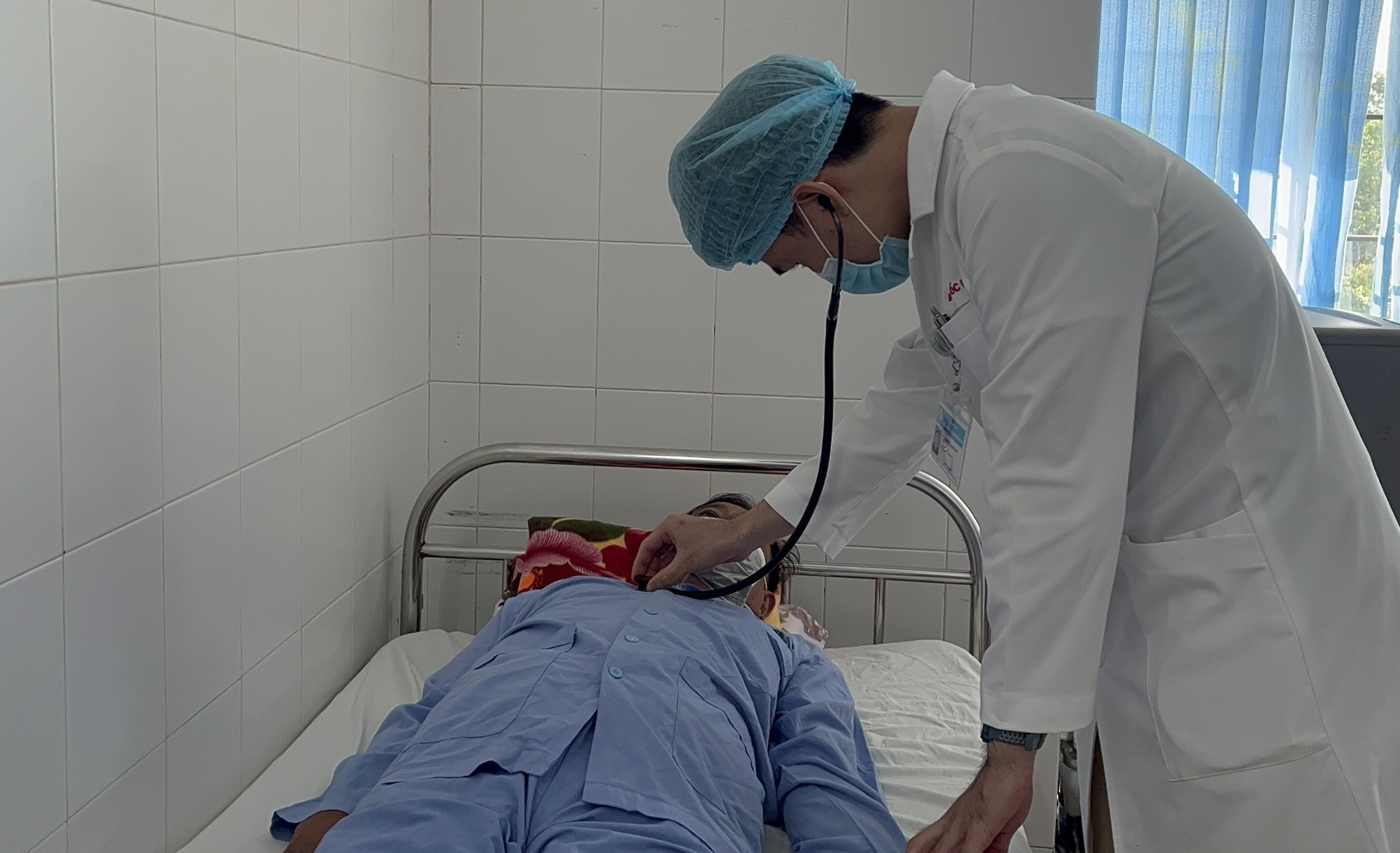
Patient PVH's health is recovering after the intervention.
Following a consultation, the doctors decided to perform a percutaneous atrial septal defect closure procedure on the patient with the assistance of Dr. Do Nguyen Tin, Head of the Interventional Cardiology Unit, Children's Hospital 1. The intervention team measured the size of the defect and used a 38 mm instrument to close the atrial septal defect. The procedure was successful after 30 minutes with the support of transesophageal echocardiography.
Similarly, four other patients with atrial septal defects also underwent percutaneous atrial septal defect closure. Currently, all five patients are in stable condition, with improved clinical symptoms and good echocardiographic results following the intervention.
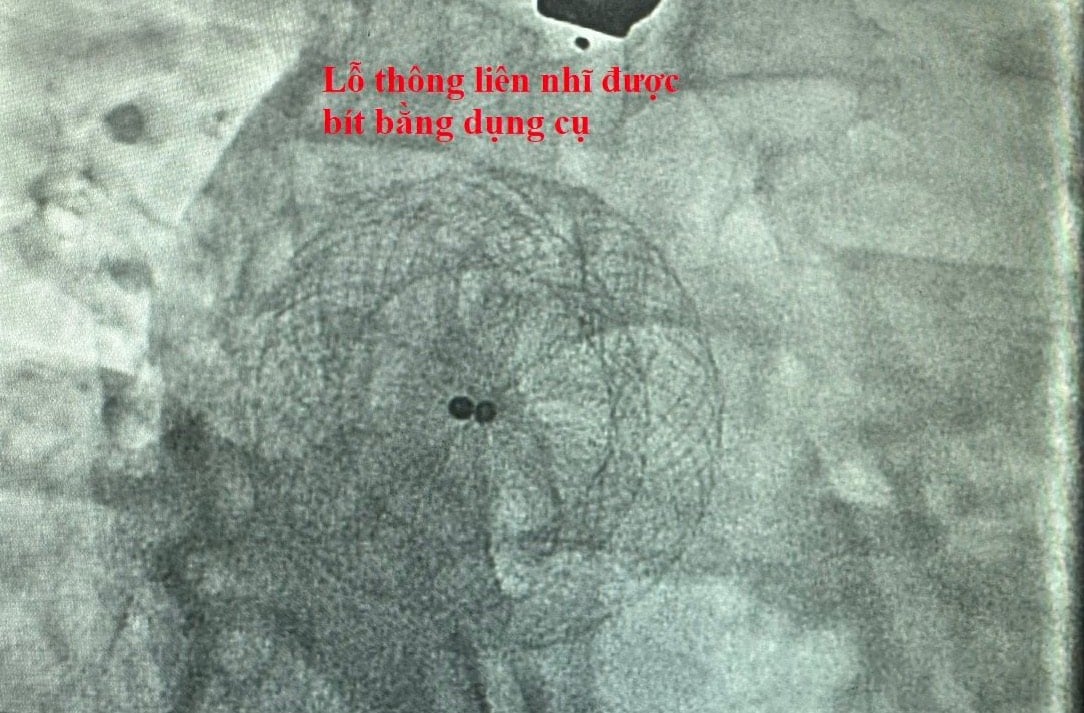
Image of an atrial septal defect closed with a percutaneous device.
Dr. Tran Van Trieu, Head of the Interventional Cardiology Department, said: Atrial septal defect is a common congenital heart disease. In adults, symptoms may include shortness of breath on exertion, cough, palpitations, and arrhythmias…
Cardiovascular intervention via catheter is a minimally invasive treatment method, usually accessed through the femoral vein without the need for open chest surgery. Through this catheter, interventional instruments are inserted into the heart to close the atrial septal defect. Cardiovascular intervention for the treatment of secondary atrial septal defects offers many advantages over conventional surgery, such as: safety, less need for specialized equipment, and the ability to be routinely performed in facilities with catheterization labs.
Furthermore, transcatheter cardiovascular intervention reduces trauma, pain, and bleeding, and patients remain fully conscious during the procedure; the rate of surgical site infection is minimized. The patient's recovery and hospital stay are also significantly shortened.
Dr. Trieu also advised that congenital heart disease in general, and atrial septal defect in particular, in adults is defined as a heart defect that occurs in the fetus and is present from birth. The disease often progresses silently, so to minimize potential consequences, patients need regular screening and follow-up examinations to detect complications early; especially, they need to strictly adhere to the doctor's treatment plan.
Source: https://thanhnien.vn/can-thiep-thanh-cong-5-ca-thong-lien-nhi-thu-phat-bang-dung-cu-qua-da-18524052717472073.htm





![[Photo] Two flights successfully landed and took off at Long Thanh Airport.](/_next/image?url=https%3A%2F%2Fvphoto.vietnam.vn%2Fthumb%2F1200x675%2Fvietnam%2Fresource%2FIMAGE%2F2025%2F12%2F15%2F1765808718882_ndo_br_img-8897-resize-5807-jpg.webp&w=3840&q=75)


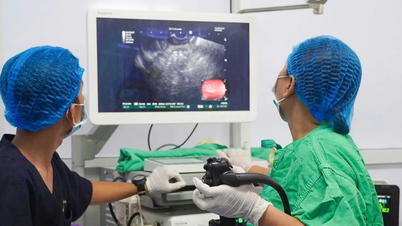



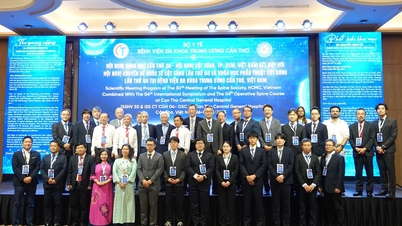



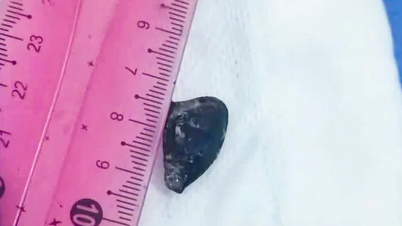

























































































Comment (0)